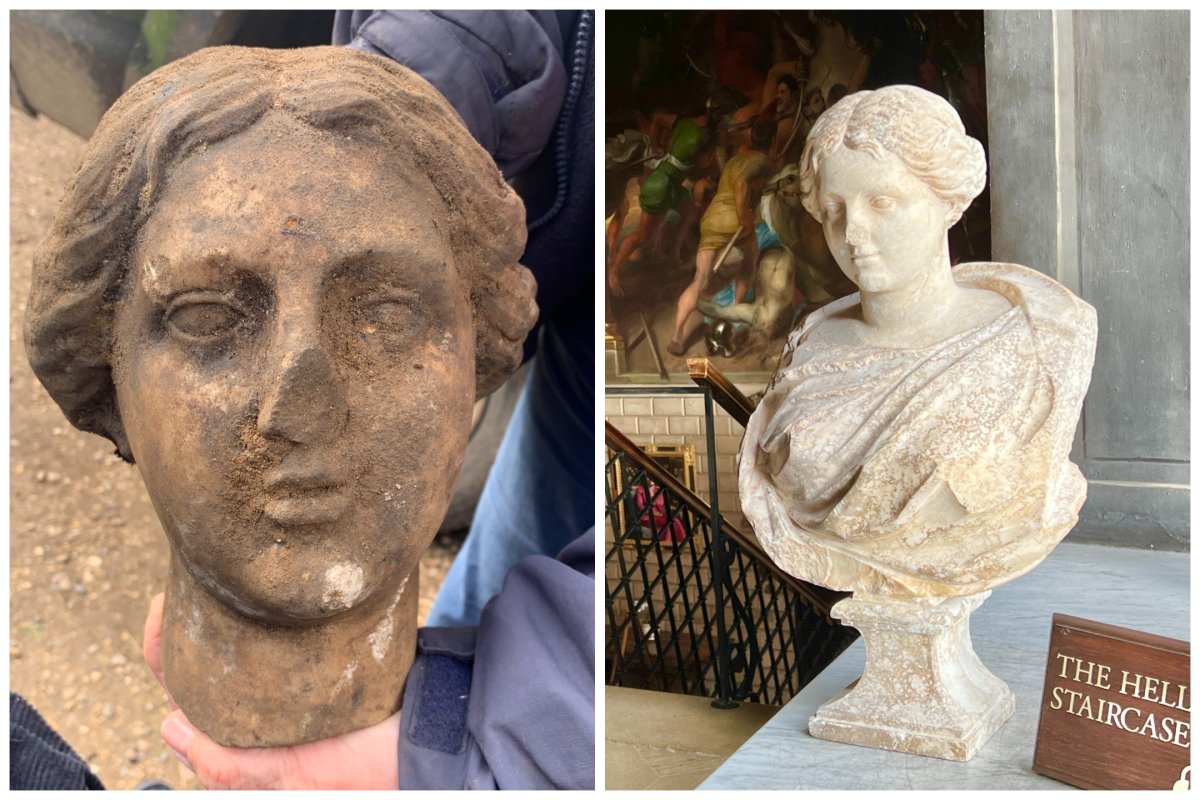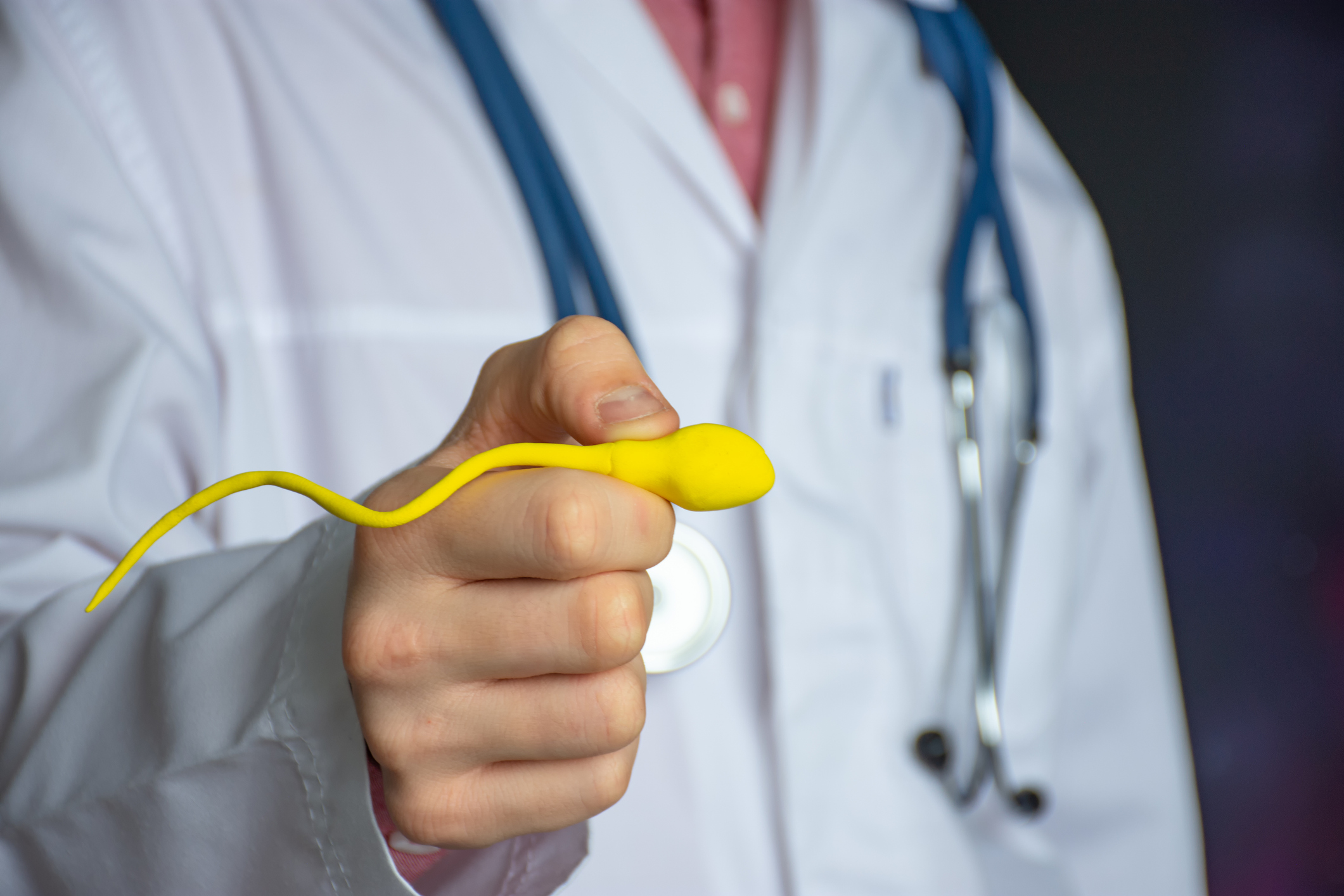An ancient Roman statue of a "beautiful lady"—thought to be around 1,800 years old—has been uncovered in the grounds of a huge country house in England.
The marble head of the statue was unearthed in April 2023 by a digger driver during the construction of a parking lot at Burghley House, a 16th century mansion located in the county of Lincolnshire,
Two weeks later, a marble bust from the same statue came to light, the Burghley House Preservation Trust announced in a press release.
After the discoveries, both of the items were taken to Burghley House curator Jon Culverhouse before being sent to a professional conservator. The conservator carefully cleaned and consolidated the figure, revealing the features of the woman, before reassembling both pieces of the statue.

It depicts a "rather beautiful Roman lady", Culverhouse told Newsweek. At present though, the identity of the woman is not known.
The statue was shown to two experts who determined that it likely dated to the first or second centuries.
An iron dowel or rod appears to have been added later though, allowing the sculpture to be attached to some form of pedestal.
The statue and the adaptation made to it is typical of the "souvenirs" that antiquities dealers sold to wealthy aristocrats traveling in Italy on a "Grand Tour" during the 18th century, according to Culverhouse.
The Grand Tour was a multi-year journey undertaken by upper-class young men from northern Europe, particularly England, primarily between the 17th and 19th centuries. This trip tended to run through France and Italy.
The practice may shed light on how the statue ended up at Burghley House in the first place, according to Culverhouse.
"I believe that it was bought in Italy by the 9th Earl during one of his two Grand Tours," Culverhouse said.
Brownlow Cecil, the 9th Earl of Exeter (1725–1793), was a British peer and Member of Parliament who took ownership of the house for a period in the 18th century. During his tours to Italy, he purchased many antiquities, including, the newly uncovered statue, according to Culverhouse.
How the head and bust ended up buried in the location where they were found remains a complete mystery though. Culverhouse proposes one possible explanation—the statue might have been stolen from the garden immediately surrounding the mansion, where it would have stood in a niche or on a balustrade.
The weight of the bust may have caused the thief to hide it near an exit for a later collection that did not happen, Culverhouse said.
It is also not clear how long the statue had remained hidden before it was uncovered during the construction works.
It was unearthed by worker Greg Crawley, who noticed a pale object in the earth he was digging up, which turned out to be the head.
"I had a real shock as the digger bucket rolled over what I thought was a big stone to reveal a face. When I picked it up, I realized it was a head of a statue," Crawley said in the press release. "I couldn't believe it when they told me it was a Roman marble statue. It was an amazing feeling to have found something so old and special—definitely my best-ever discovery."
The statue is now on display within a staircase in the house, which opens again for the 2024 season on March 16, alongside other sculptures purchased by the 9th Earl.
Do you have a tip on a science story that Newsweek should be covering? Do you have a question about archaeology? Let us know via science@newsweek.com.
Uncommon Knowledge
Newsweek is committed to challenging conventional wisdom and finding connections in the search for common ground.
Newsweek is committed to challenging conventional wisdom and finding connections in the search for common ground.
About the writer
Aristos is a Newsweek science reporter with the London, U.K., bureau. He reports on science and health topics, including; animal, ... Read more
To read how Newsweek uses AI as a newsroom tool, Click here.








